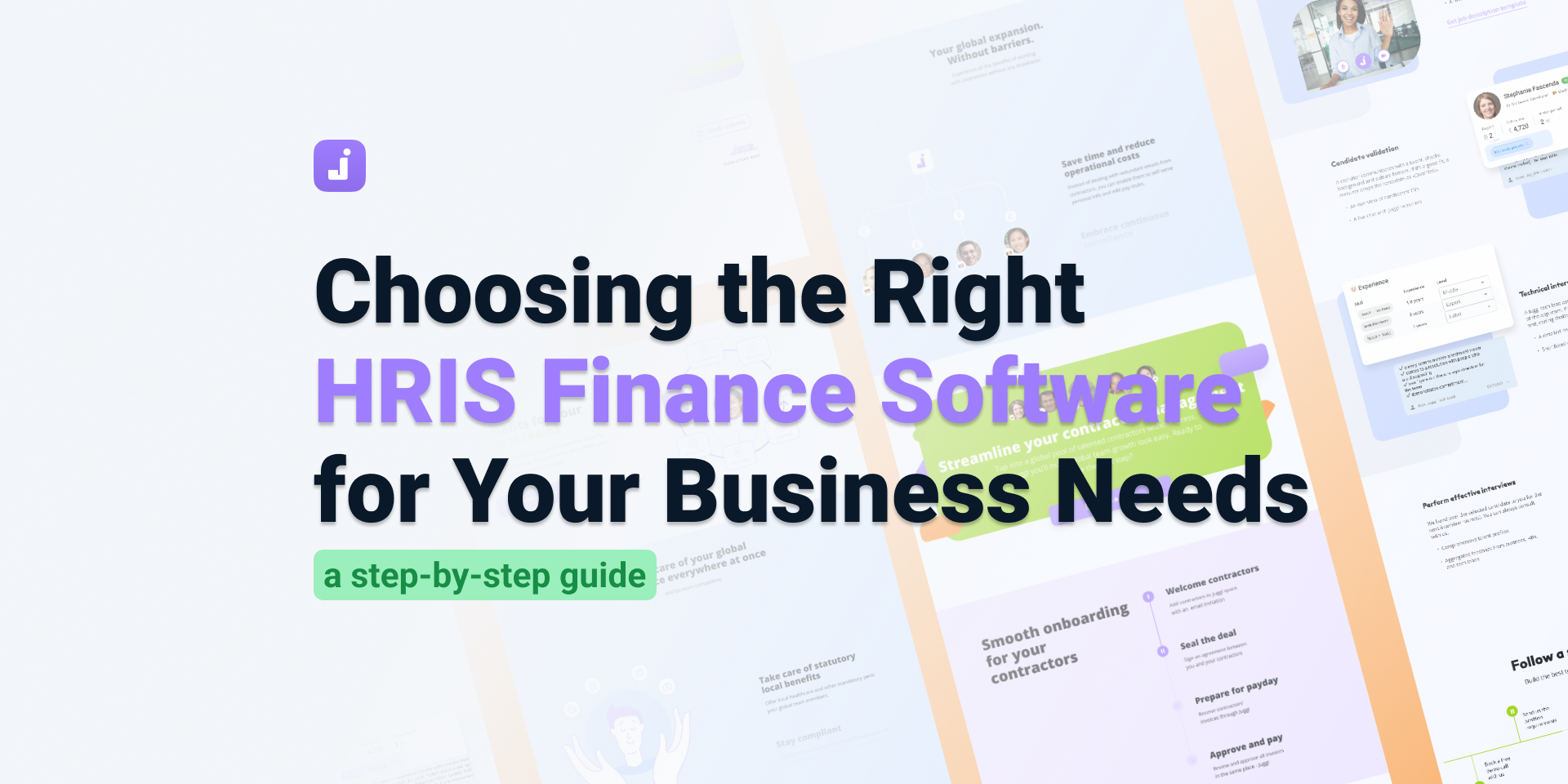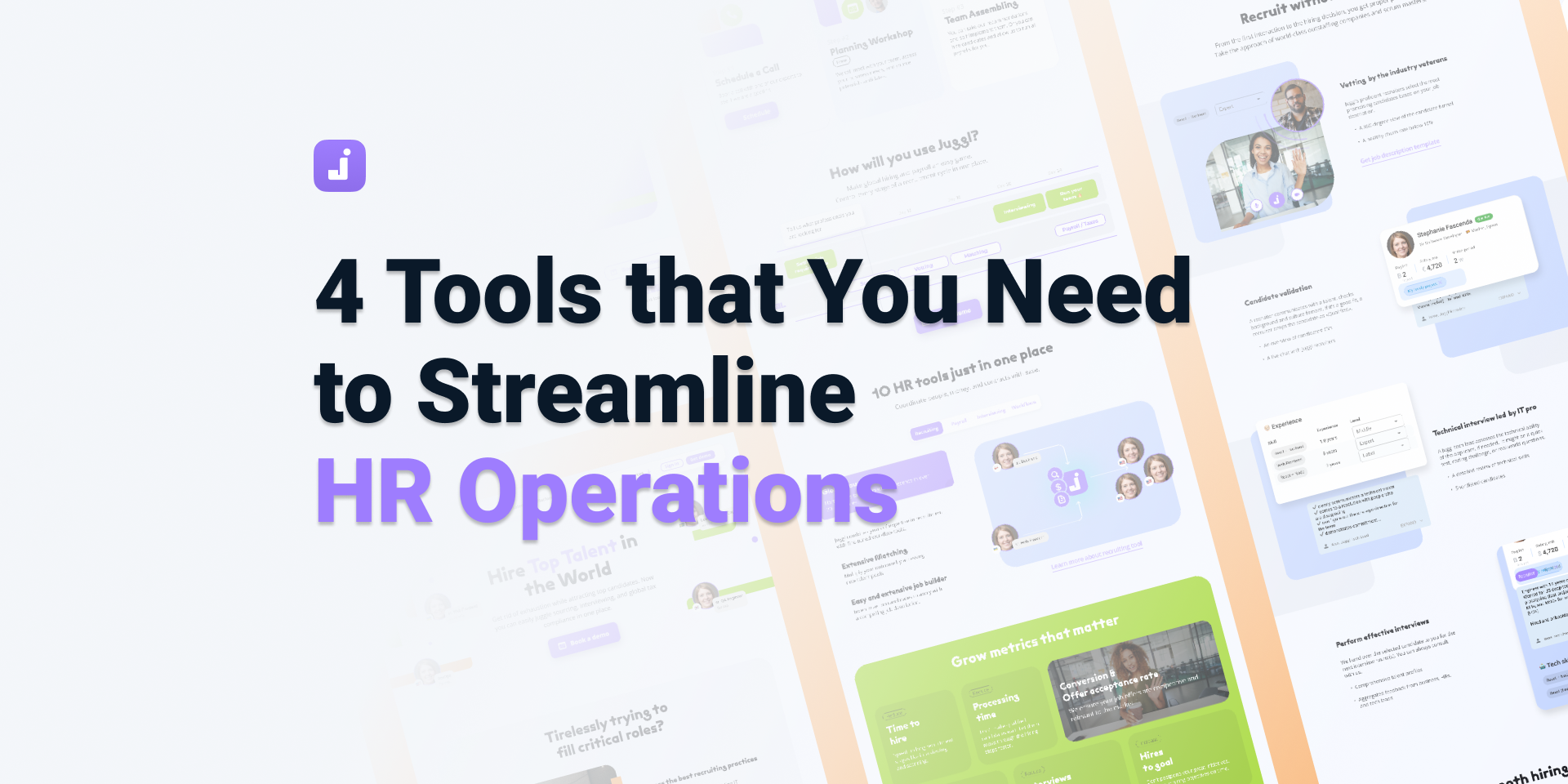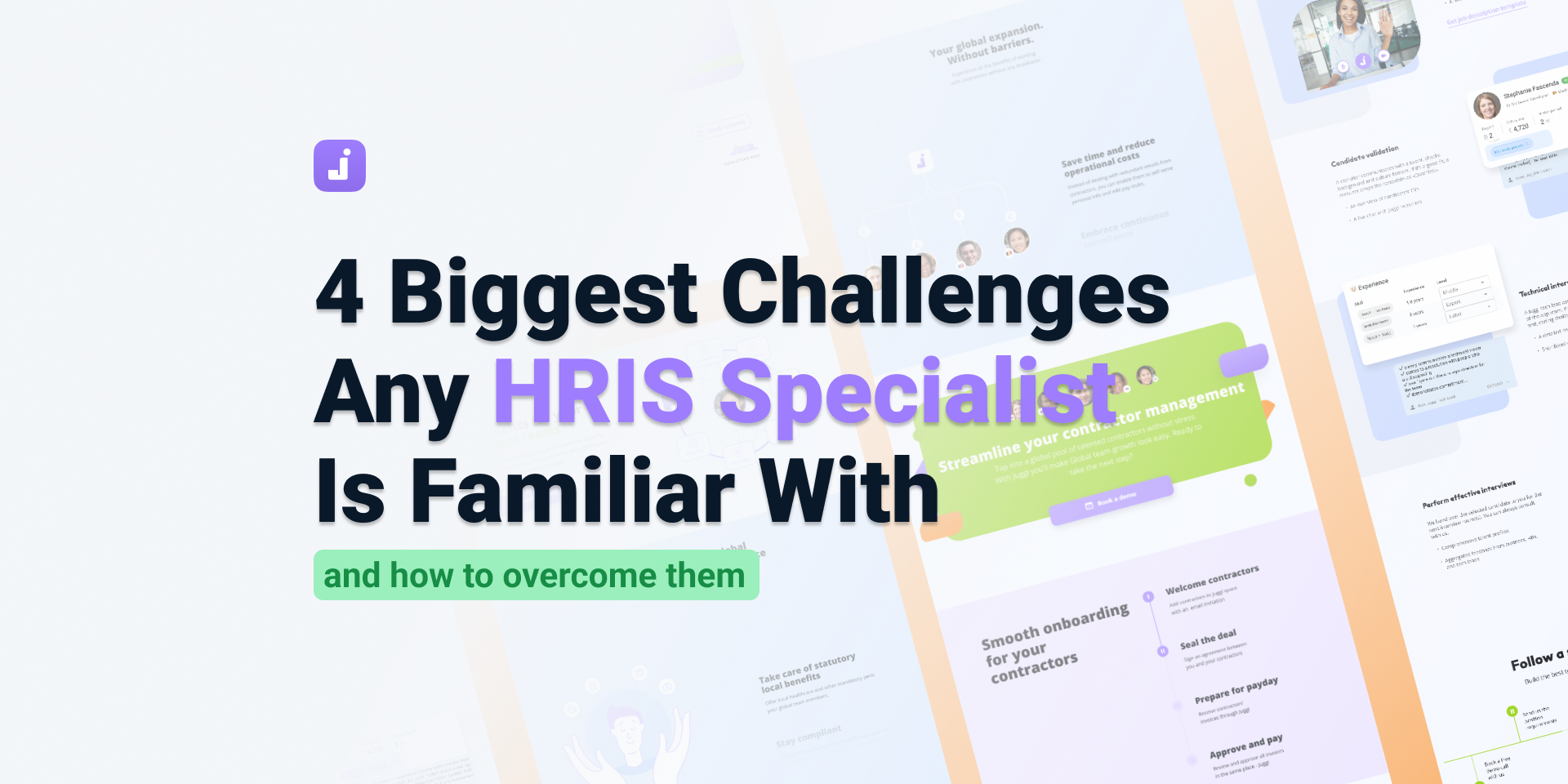How Employee Self-Service Software Streamlines Finance Teams' Work
In many companies, the Finance teams exist as invisible, underappreciated heroes, with never-ending workload and little to no recognition from colleagues. Beyond simply handling budgets and compiling reports, they’re deeply involved in payroll, HR coordination, internal operations, and other processes. As responsibilities grow, relying on manual systems can slow teams down and increase the risk of errors.
One way to aid Finance teams is introducing employee self service (ESS) software. By allowing employees to update personal details, submit work hours, and access pay slips on their own, ESS and payroll portals provide a sensible way to free up Finance teams' time to focus on higher-value work instead of handling repetitive requests and calculations.
In this article, we’ll look at how employee self service portals simplify day-to-day Finance operations and helps teams work more efficiently across the business. Keep reading to see how ESS tools like Juggl can benefit your team.
What Is Employee Self-Service Software?
Employee self-service (or ESS & payroll software) is a digital tool that allows employees to manage their own work-related information without needing to go through HR or Finance for every request. The main task of these tools is to simplify internal processes by giving employees direct access to key documents, all in one secure platform.
Common Self-Service Features
The core mechanic of a typical employee self service portal is document storage with customizable access for different types of employees. Other features stem from this core piece. Some nice-to-have tools include:
- Access to digital pay slips and payroll history
- Submission and tracking of leave requests of various types (PTO, sick leave, unpaid leave, etc.)
- Real-time visibility into leave balances and usage
- Automated approvals for claims and reimbursements
- Personal info and bank detail updates for salary payments
These features turn ESS payroll portals into indispensable tools that automate a great deal of internal operations, freeing up work time building a solid foundation for business growth.
The Reality of Finance Teams Today: The Burden Rises
As any business grows, so do the responsibilities of the Finance team. This department lives under increasing pressure to manage growing demands with limited resources: from processing payroll data to supporting HR and internal operations to addressing employee questions on payments, and so on. The tools and workflows Finance rely on often don't usually keep up with the business growth tempo, which leads to slow, error-prone processes that can drain time and energy from already stretched teams.
Decentralized internal communication
The hardships begin when communication mishaps have an impact on payroll. A request gone unnoticed can stall the whole company's work. Delays often stem from cross-departmental dependencies. For example, a sick leave request might sit in a manager’s inbox for hours or even days if they’re offline or unavailable.
These delays create blind spots in payroll data that lead to mistakes, incomplete calculations, and, ultimately, a loss of trust. And this is a real concern: according to research, just two payroll errors can cause up to 49% of employees to start job hunting.
Manual data entry
Having to enter employee data manually is another common issue. It's relatively easy to do within a team of ten, but trouble multiplies when the teams count reaches hundreds. Without automation, Finance teams must spend hours collecting, verifying, and inputting data across multiple systems. Payroll, in particular, becomes a pain point when key information like leave balances, expenses, or overtime hours is scattered across spreadsheets, inboxes, or calendar invites.
More often than not, the problem lies in the fact that workflows are designed for real-time, in-office communication, which is not the case of multiple remote-first companies around the world. To operate effectively, modern Finance teams need systems built for asynchronous collaboration and self-service access.
So, What’s In It for Finance?
Like we've said before, employee self-service software more than just a convenience for employees. When installed correctly, it becomes a real asset for finance teams. Here’s what you gain as a Finance team member when ESS is introduced:
Easy Payroll Management
Payroll can quickly become one of the most time-consuming parts of a finance team’s job, especially when key information is missing or arrives late.
- Automated data entry from employees ensures payroll runs on accurate, up-to-date information.
- Real-time updates on hours worked, leave requests, and benefits eliminate last-minute surprises.
- Less back-and-forth with managers and HR helps payroll stay on schedule and stress-free.
Simplified Expense Reporting
Managing expenses doesn’t have to involve chasing receipts or untangling policy questions. ESS tools give employees an easy way to submit and track expenses digitally.
- Digital receipt uploads make it easier to process claims quickly.
- Built-in policy checks ensure claims meet company standards from the start.
- Faster approvals and processing mean employees get reimbursed sooner—and finance doesn’t get bogged down.
Stress-Free Collaboration Between Finance and HR
Finance and HR teams often rely on the same employee data, but when that information is stored in different places, mistakes are bound to happen. ESS software acts as a shared platform that keeps everyone on the same page.
- Shared access to key records like salary details and job titles improves coordination.
- Aligned processes for onboarding, offboarding, and salary changes reduce confusion and delays.
- Stronger compliance and audit readiness come naturally when records are updated and accurate.

Key Metrics Improved by Employee Self-Service Software
At Juggl, we’ve seen firsthand how employee self-service software can significantly improve performance for Finance and Operations teams. By reducing manual work, increasing data accuracy, and accelerating internal workflows, ESS tools directly impact the metrics that matter most.
Here are some of the key areas where our clients' finance teams typically see improvements as soon as in the first quarter after Juggl is implemented:
- Payroll processing time: 7 days → 3 days (-50%)
- Spreadsheet fixes: over 40 → 0 per cycle
- Pay-related tickets from employees: over 120 → 12 per month
- Manual errors: a stunning 90% decrease
Conclusion
Employee self-service software may seem like a small operational shift, but Finance teams are often the first to see the difference between constant firefighting and simple, scalable, sustainable workflows. When employees are empowered to manage their own information, Finance gains the time and clarity needed to do what they do best: plan and strategize.
In an era where Finance is expected to move faster and work smarter, tools like Juggl carry the power to change workflows beyond recognition, making payroll look easy and unlocking new potential. If your Finance team is still bogged down by manual admin work, it might be time to turn to ESS for a dose of automation, clarity and peace of mind.










